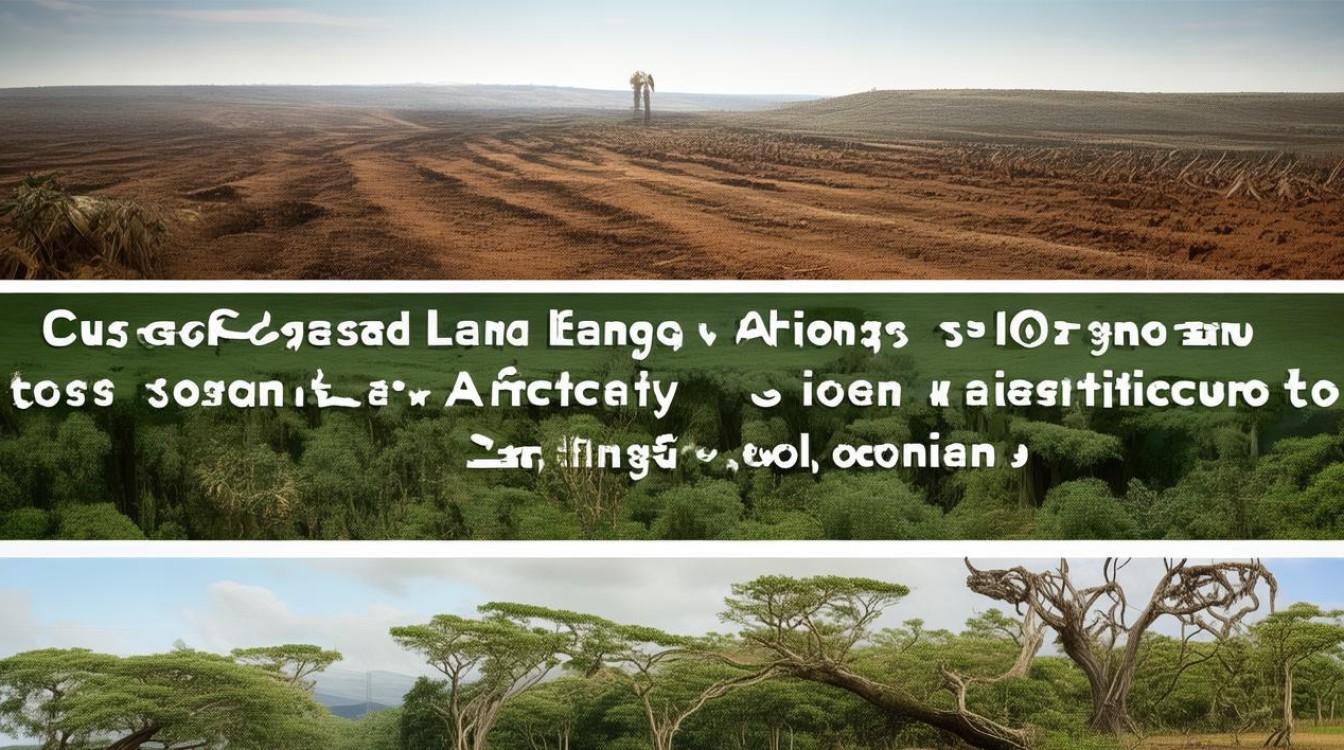Land degradation is a pressing global issue threatening ecosystems, food security, and livelihoods. As fertile soil erodes, deserts expand, and biodiversity declines, the consequences ripple across societies and economies. Understanding the causes, recognizing the impacts, and implementing solutions are critical steps toward sustainable land management.

Understanding Land Degradation
Land degradation refers to the deterioration of soil quality, often caused by human activities or natural processes. It manifests in various forms, including soil erosion, desertification, salinization, and loss of organic matter. While natural factors like droughts and floods contribute, human actions accelerate the problem.
Primary Causes of Land Degradation
-
Deforestation
Forests play a vital role in maintaining soil stability. Trees anchor soil with their roots, prevent erosion, and contribute organic matter. When forests are cleared for agriculture, logging, or urban expansion, the exposed soil becomes vulnerable to wind and water erosion. -
Unsustainable Agriculture
Intensive farming practices, such as monocropping, excessive tillage, and overuse of chemical fertilizers, deplete soil nutrients. Overgrazing by livestock compacts soil, reducing its ability to absorb water and support plant growth. -
Urbanization and Industrialization
Expanding cities and industrial zones consume fertile land. Construction disrupts soil structure, while pollution from industries contaminates soil with heavy metals and toxic chemicals, rendering it unusable for agriculture. -
Climate Change
Rising temperatures and erratic rainfall patterns exacerbate land degradation. Prolonged droughts dry out soil, while heavy rains wash away topsoil. Climate shifts also alter ecosystems, making some regions more prone to desertification.
Consequences of Land Degradation
-
Threat to Food Security
Degraded land produces lower crop yields, increasing food scarcity. Small-scale farmers, who rely on fertile soil, face economic hardship as their livelihoods diminish. -
Loss of Biodiversity
Healthy soil supports diverse plant and animal life. When soil degrades, ecosystems collapse, leading to species extinction and disrupted food chains. -
Increased Poverty and Migration
Communities dependent on agriculture suffer when land becomes unproductive. Many are forced to migrate, creating social and economic instability in urban areas. -
Climate Feedback Loops
Degraded soil releases stored carbon into the atmosphere, accelerating climate change. Conversely, healthy soil acts as a carbon sink, mitigating global warming.
Solutions to Combat Land Degradation
-
Reforestation and Afforestation
Planting trees restores soil health by preventing erosion, improving water retention, and enhancing biodiversity. Agroforestry, which integrates trees with crops, offers a sustainable farming alternative.
-
Sustainable Farming Practices
Techniques like crop rotation, cover cropping, and no-till farming maintain soil fertility. Organic farming reduces reliance on synthetic chemicals, preserving soil microorganisms essential for plant growth. -
Water Management
Efficient irrigation systems, such as drip irrigation, minimize water waste. Rainwater harvesting and terracing help conserve moisture in arid regions. -
Policy and Community Action
Governments must enforce land-use regulations and promote conservation programs. Local communities can adopt land restoration projects, such as building check dams to prevent soil erosion. -
Technological Innovations
Satellite monitoring and soil health apps help farmers track land conditions. Biochar, a form of charcoal mixed into soil, enhances fertility and carbon storage.
The Role of Individuals
Every person can contribute to land conservation. Reducing food waste lessens pressure on agricultural land. Supporting sustainable brands encourages responsible land use. Even small actions, like composting kitchen scraps, improve soil health.

Land degradation is not an irreversible fate. Through collective effort, innovative solutions, and a commitment to sustainability, we can restore degraded land and secure a fertile future for generations. The time to act is now—before the earth beneath our feet turns to dust.

